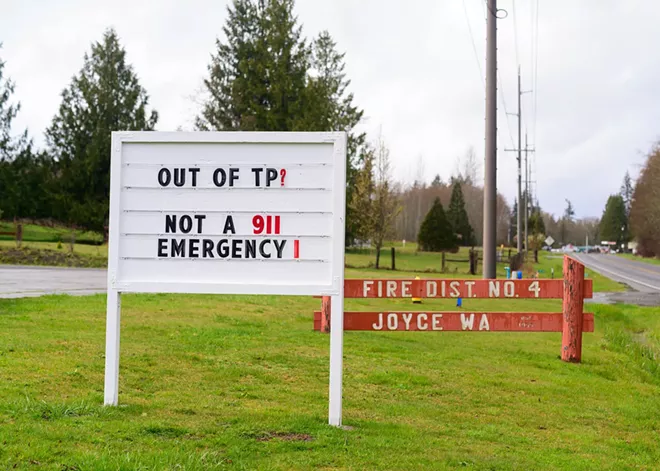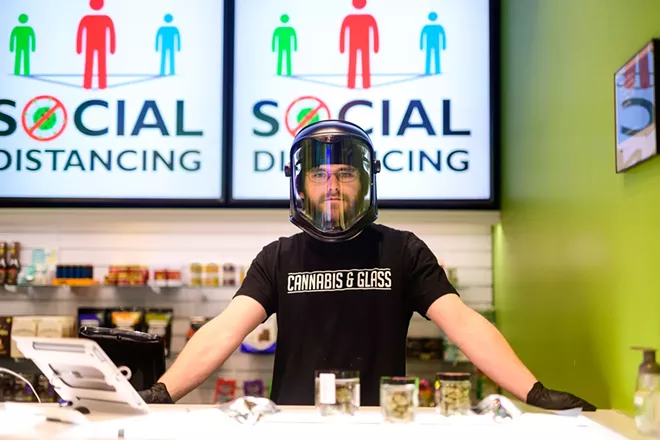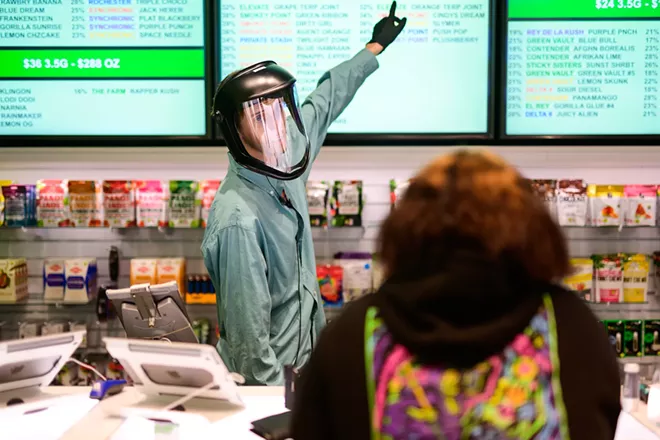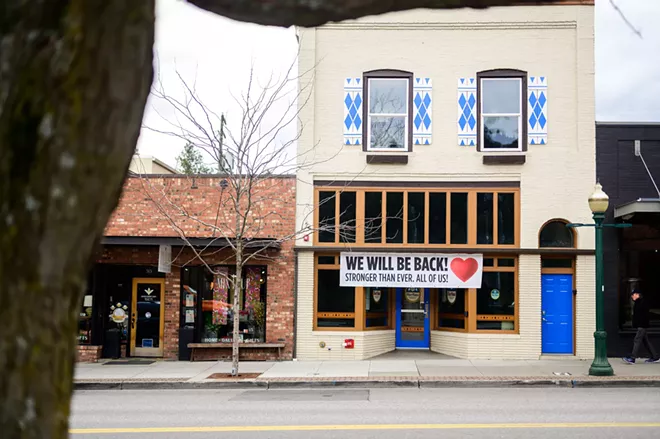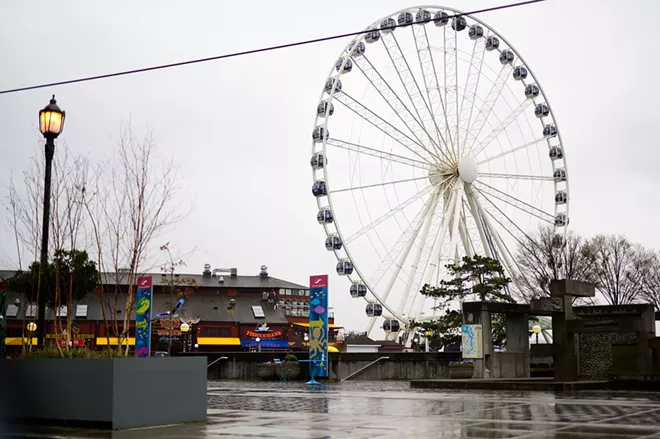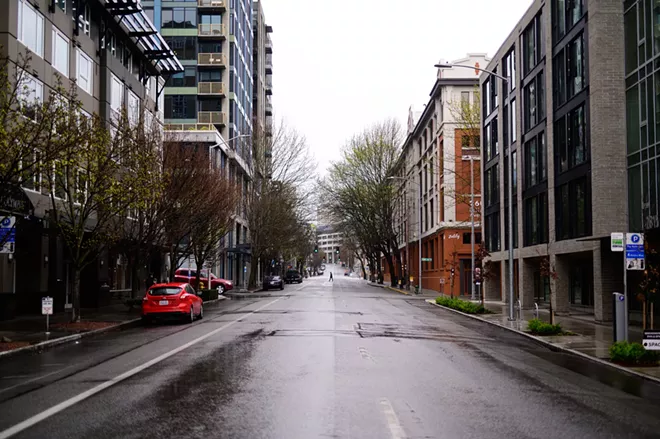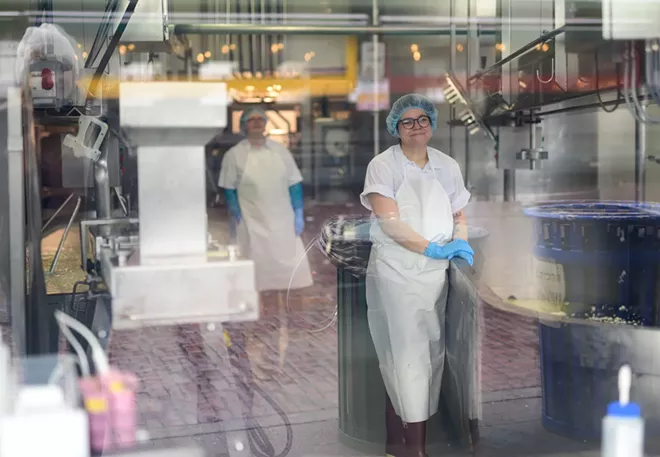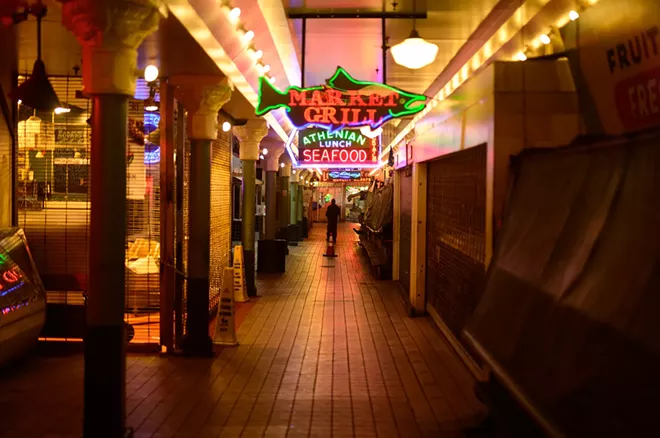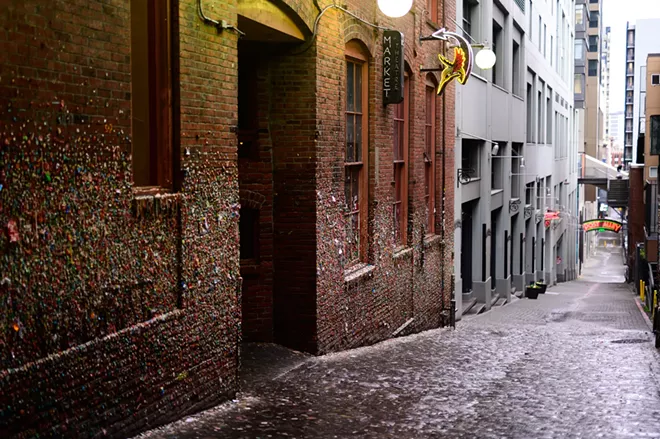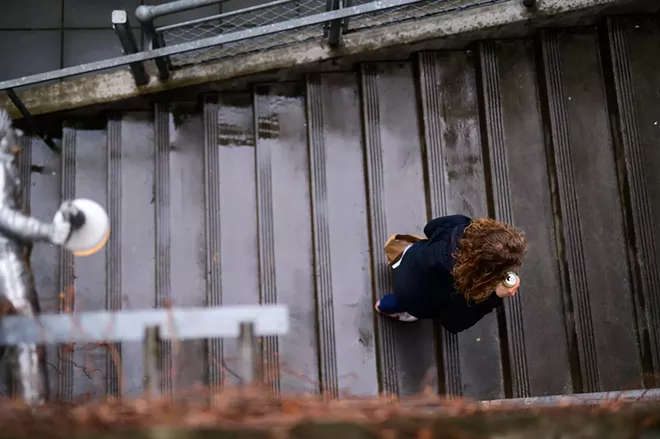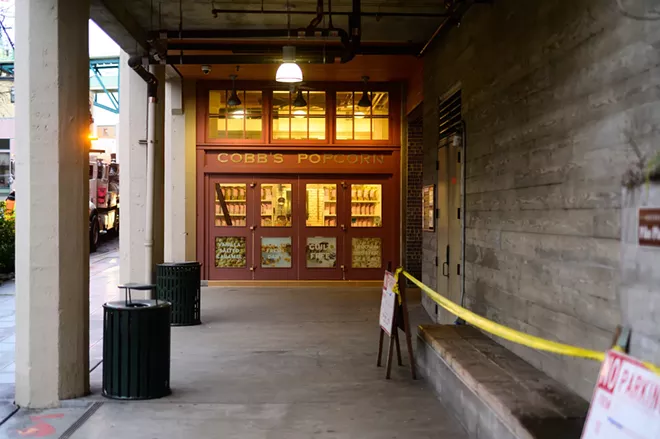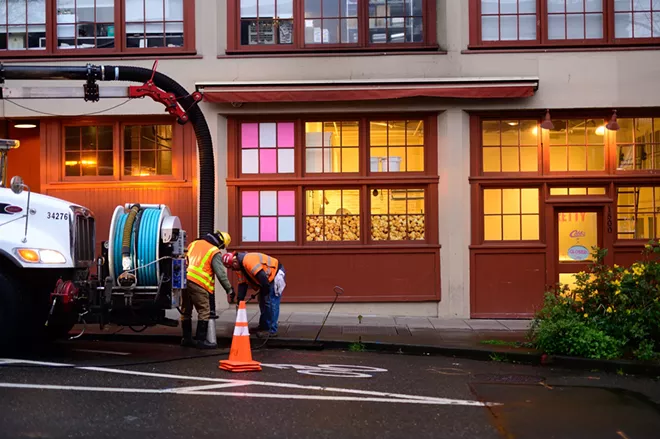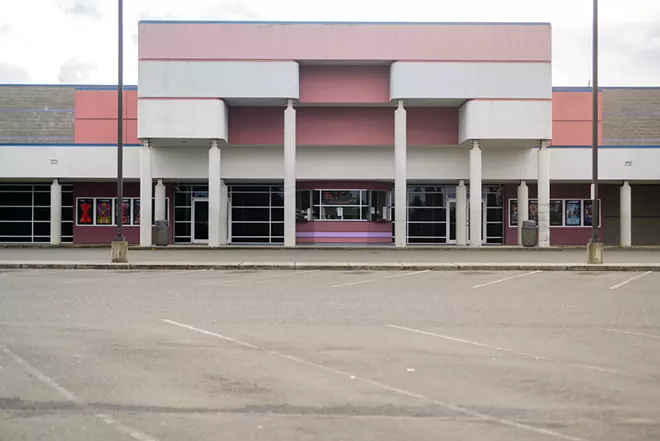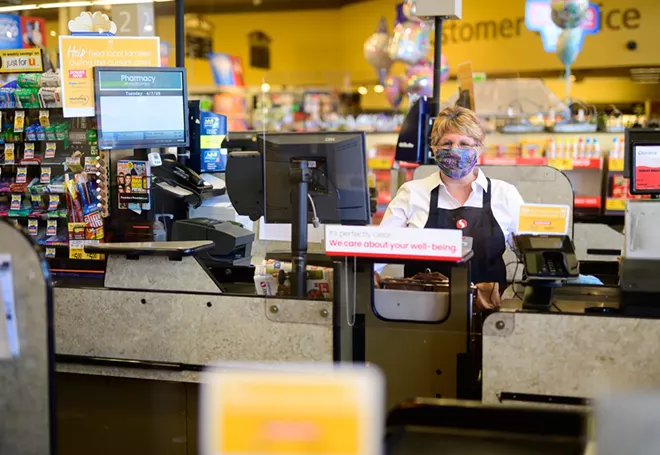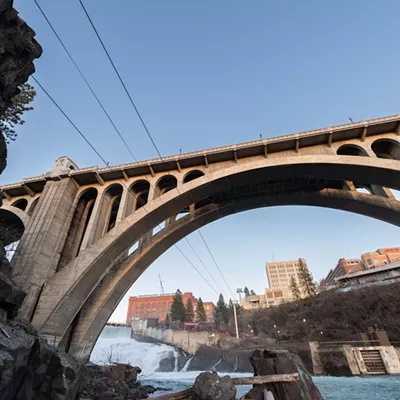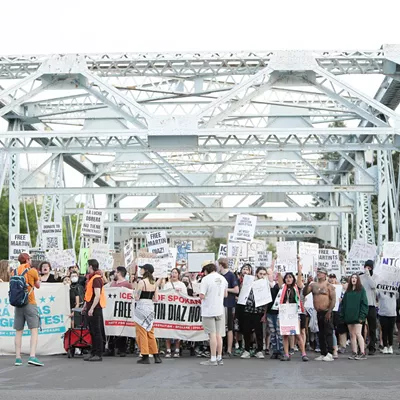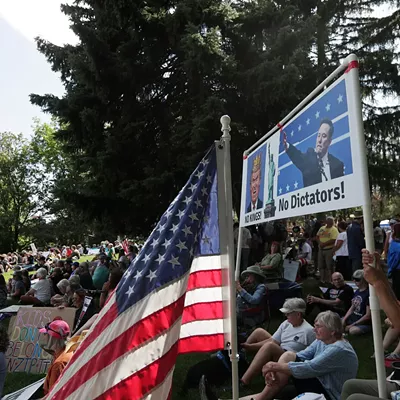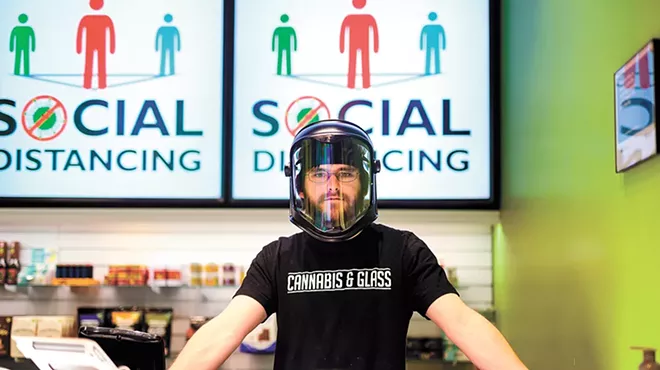For the last few years, I have been going to difficult and dangerous countries to photograph humanity and life, to try to bring the world closer together. But I never thought that I would end up in just as precarious of situations in my own country — even in my own state.
I took every precaution possible and ventured out into the Northwest to capture iconic moments in recent weeks. This took me from North Idaho to Seattle, where I was able to photograph Pike’s Place, the Gum Wall, and a few other places completely devoid of people. It was so strange, as I am usually used to the hustle and bustle of people being my white noise while going through those areas.But at 5:30 pm on a Saturday, I found myself completely alone in one of the busiest areas of the city. In one of the biggest cities in the United States. The only movement was from a few homeless people who were shuffling between buildings, binding together and carrying on as usual.
I realized I very well might never see this situation for the rest of my life.
And that, to me, was one of the strangest parts of this experience. It felt like a zombie apocalypse had happened and the few people who had made it through unscathed didn’t know if it was safe to act like I existed. It was easier to just look forward and walk briskly past, not even making a moment of eye contact. I understood why they did this, but for those moments, it felt like I was a ghost walking the streets. Everything felt like people had just vanished and you could still feel just a little bit of the energy in the walls that remained.
Scenic landscapes were completely still and silent. Not even a car could be heard in the far distance. Construction zones were abandoned, cranes sitting there like the workers had run home when a news bulletin came over the radio. No police could be seen on the streets. And every “open” sign was turned off indefinitely.♦
See more of Adam Schluter's work, including his book The World I See.

